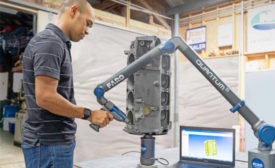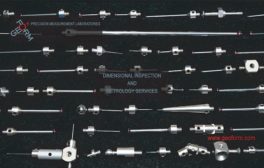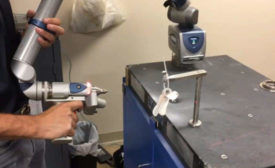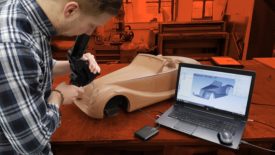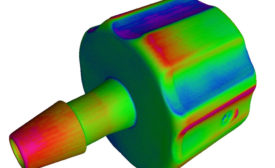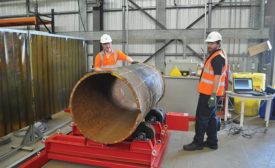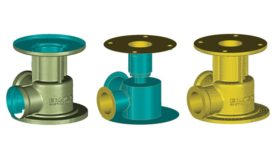Home » Keywords: » reverse engineering
Items Tagged with 'reverse engineering'
ARTICLES
Sponsored Content
3D Scan-to-Print Technology Restores Creative Outlet for Paraplegic Artist
3D Printing a Prototype
January 5, 2022
Software & Analysis
Practical Reverse Engineering
Choosing the right tools for the job.
December 6, 2021
How CT Scanning Is Enhancing the Quality and Manufacturability of Medical Devices
This inspection technique is highly valuable for industrial metrology.
November 8, 2018
Reviving Legacy Parts through Reverse Engineering & 3D Scanning
Reverse engineering and quality control will continue to be growing applications for 3D scanning technology, along with newer opportunities in virtual and augmented reality.
November 1, 2018
Reverse Engineering: Outputs
Learn more about these eight options using 3D scanning.
March 6, 2018
Get our new eMagazine delivered to your inbox every month.
Stay in the know with Quality’s comprehensive coverage of the manufacturing and metrology industries.
SIGN UP TODAY!Copyright ©2024. All Rights Reserved BNP Media.
Design, CMS, Hosting & Web Development :: ePublishing
